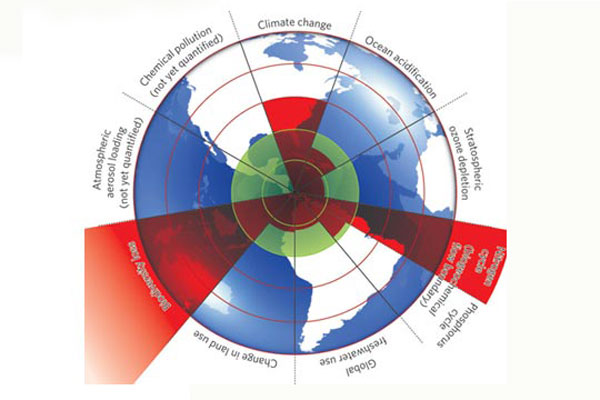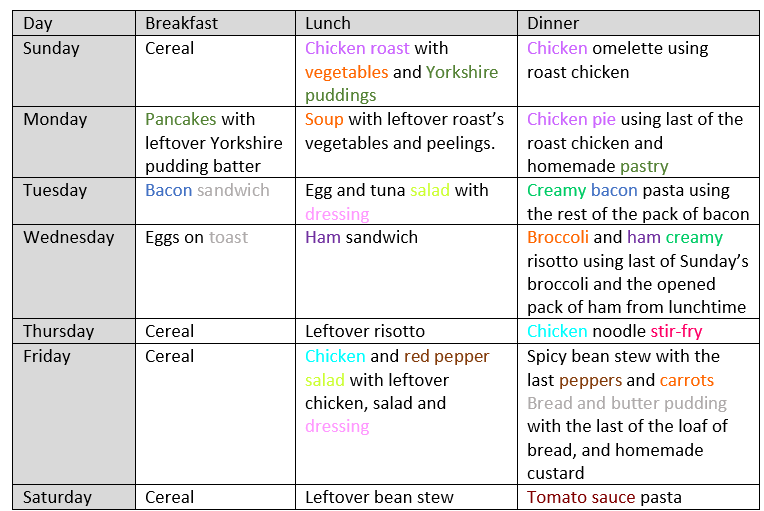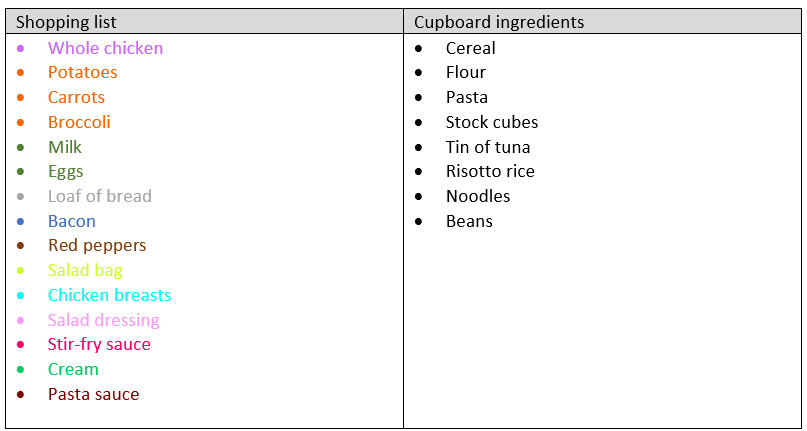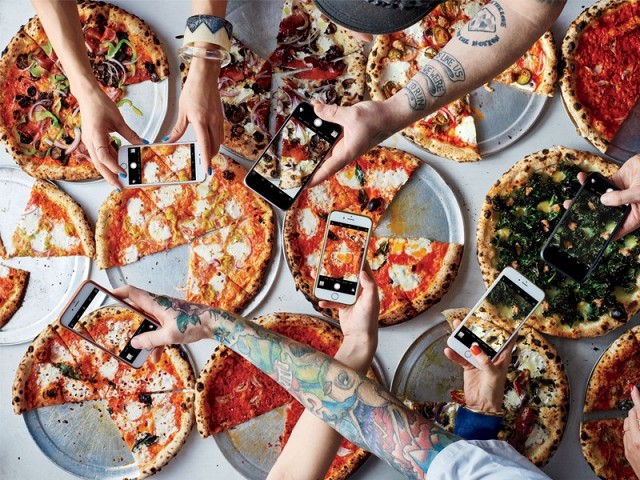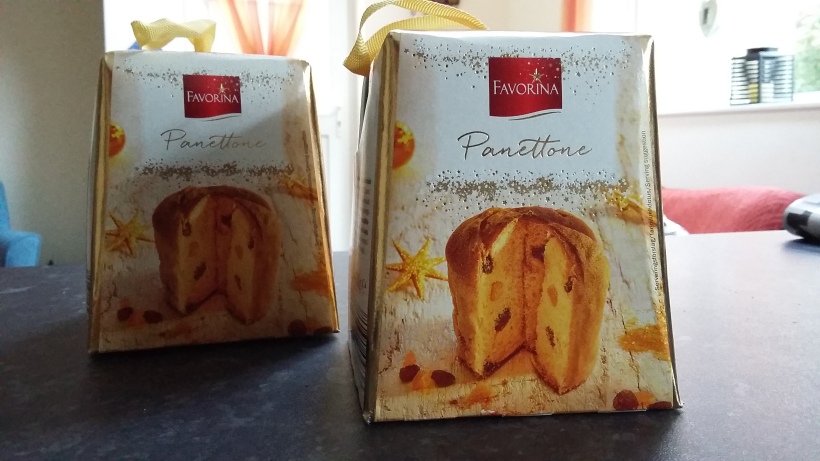Reducing food waste is possible. We can see this from all the recent improvements that have bloomed from the increasing awareness of the issue. However, the greatest challenge is that behaviour change is so difficult. People in general find it hard to change behaviour when there isn’t the suitable motivation. For people such as myself, my reality is that I have seemingly limitless supplies of food (countless choices of cheap, accessible and dispensable food), and no directly visible consequences whenever I waste any of it.
So, what could be done to change the way we value our food and stimulate behaviour change…
· Connect food items to their environmental consequences by using eco-labelling.
· Create a financial incentive to choose more environmentally-friendly products with carbon taxes.
The indirect environmental consequences of food items need to become visible. Eco-labelling of products is a simple way to increase awareness of what sort of food items are better or worse for the planet. The impact of eco-labelling on consumer choice has been seen in the success of MSC and FSC sustainability labels. There needs to be a standardised and reliable way to evaluate the carbon footprint (or an equivalent measure) of food items, and this could be communicated to the public in a similar way to food nutrition labels. This will allow consumers to easily choose to buy products that are grown more efficiently to use less resources and produce less carbon.
This action would provide the means for consumers to consider the environmental costs of their food shopping. It would perhaps help people to value their food more, and appreciate the non-financial costs of their purchases. This would hopefully motivate people to reduce their food waste. However, the labelling would only be read by people who are concerned with environmental issues.
To motivate all people to buy food, or avoid waste of food in relation to its environmental impacts, more incentive would be required. This could occur in the form of a ‘carbon tax’ on all food products over a certain threshold to produce.
This obviously would have to be applied on a large-scale which would require huge work and cooperation with all stakeholders: consumers, food retailers and wholesalers, suppliers, farmers, processing and manufacturing companies, policy makers, scientists etc. However, it is not impossible, and is a potential solution to reducing food waste and mitigating the impact of consumer pressures on agricultural stress.





